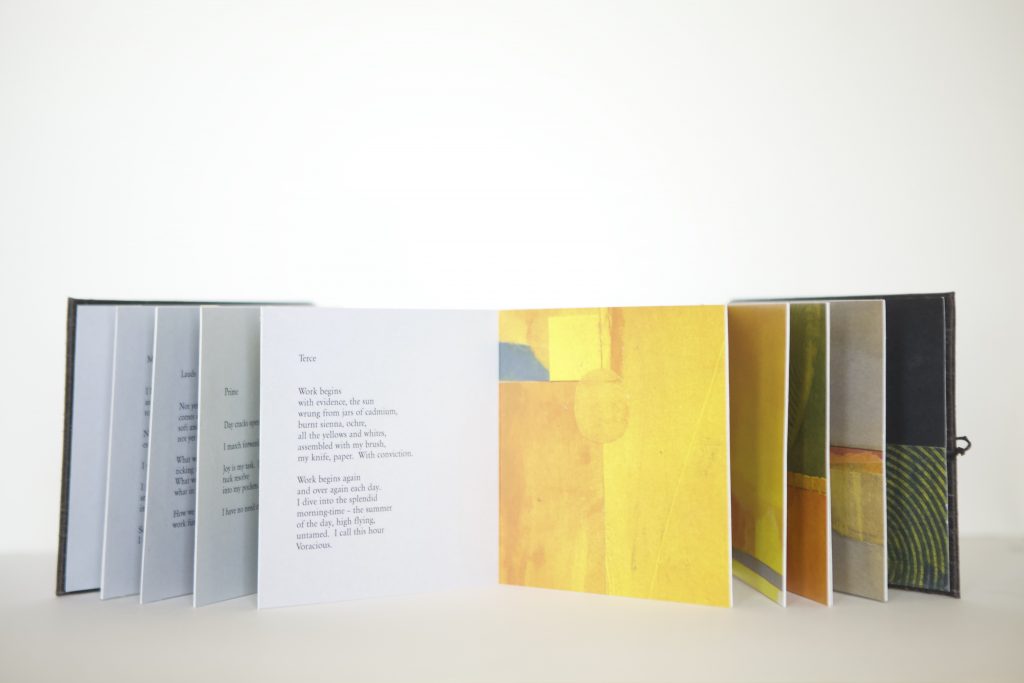
Those who know me know that making art is as important to me as writing poetry. I make artist’s books, and from time to time, include my poetry in them. The additional element of imagery refocuses my language in quite a different way. Language and images have power over each other and make the work honest and true.
The first time I combined art and poetry, I created Ontogeny, an artist book based on the premise of “ontogeny recapitulates phylogeny,” which was taught in universities in the late 1800’s and well into the 20thcentury. It turned out to be a misguided premise that all creatures must pass through their evolutionary stages as they gestate. It was also known as the Recapitulation Theory. For that idea we can thank Ernst Haeckel in the 1860’s, who actually did some very good science with Darwin back in the day. By the 1900’s “ontogeny recapitulates phylogeny” began to disintegrate as the more contemporary study of genetics theory proved it to be wrong. Haeckel continued to try to pedal his theory and to insist it was so. Alas, he had developed a fake theory.
I wrote a poem using this idea of a fake theory as a jumping off place. I considered what each of us considers true, but might be misguided, misunderstood, and perhaps the result of our own desires to procreate. My artist book was created with all kinds of fake organisms that I crafted out of crazy stuff from Michael’s craft stores. I photographed some of them; others I stitched into the book. The book was letterpress printed. Take a look! I think you’ll discover the words and images/objects make a different kind of sense when combined.
In 2018 I completed an artist book entitled A Book of Hours. It was my first book created in an edition of 30. I felt very strongly that various hours of the day could be captured in color. Yellows, oranges, greys, and blacks spoke to night, night turning day, morning, midday, afternoon, and evening to work with the poems as I moved through the canonical hours of devotion.
By focusing on the energy I felt at stopping points during each day, I created a series of 8 collages and 8 poems that replicate those canonical hours of the day. My book was small enough to keep in a pocket, as the Book of Hours were. They were meant to be devotional as one paused and read and prayed before carrying on with the next portion of the day.
Devotion is an interesting word for me here. I am no longer very religious, but I grew up in a devotional family. And so I found the traditional canonical hours (and I am not Catholic) resonant in exploring my thoughts throughout the day. Here’s an image of the entire book.
And here is one poem and one collage that illustrate how art and poetry can influence one another.
I’ll leave you wondering which came first, the words or the image.
Words are a medium, much as paints and pencils. They do some things really well, and others not so much. The difference in my mind, is that words function every day, all day, for most of us. Art materials seem to belong to a relative few. In that sense, art making might be considered a more unique form of conversation, and words are more quotidian. Yet, I believe, that poetry and art are essentially the same. The artist and poet works toward distilling ideas, emotions, reactions, and beliefs into form. In art, color, shape, line prevail. In poetry, words, rhythm, space create the form.
Challenge me, if you like. But I think in both, metaphor – hard-won – and beauty are the backbones of the work. In both the viewer is asked to respond through looking / reading and finding something surprising, inspiring or confrontational, and worth revisiting within the viewer’s world view.
“Metaphor is a way of knowing the world, and no less a one than other sorts of ways of gaining knowledge.”
― Mark Doty, Heaven’s Coast: A Memoir





